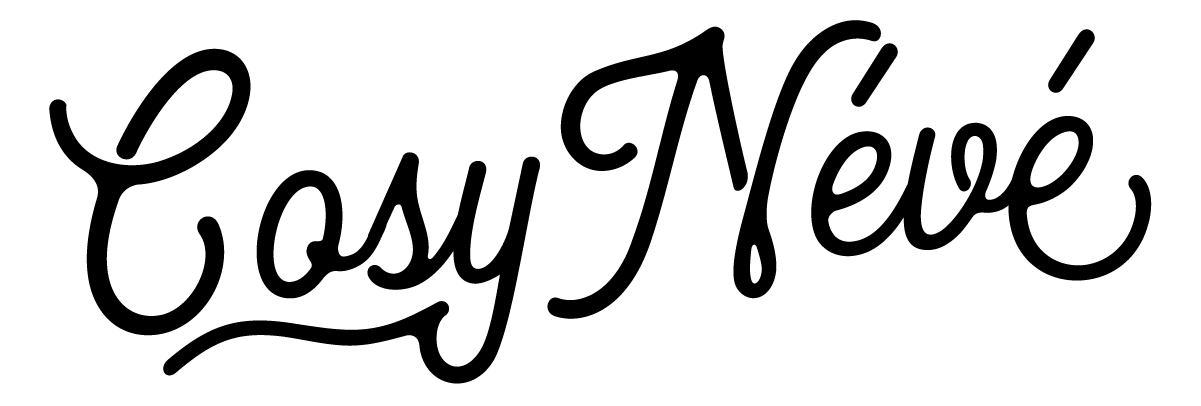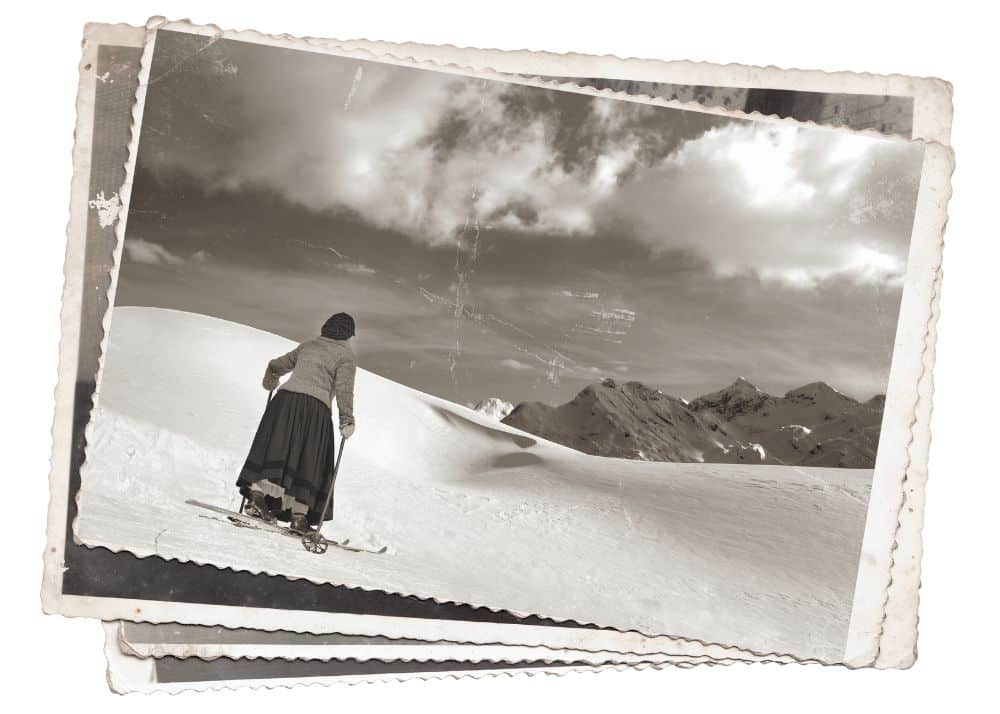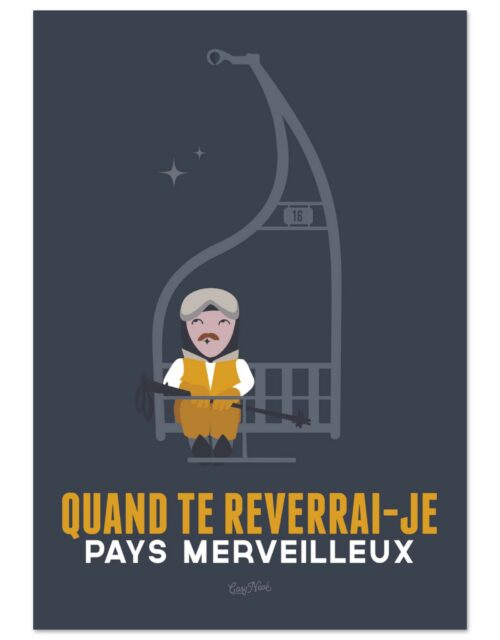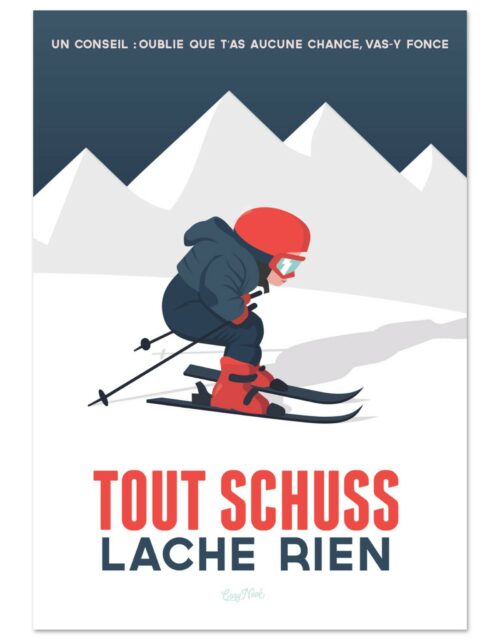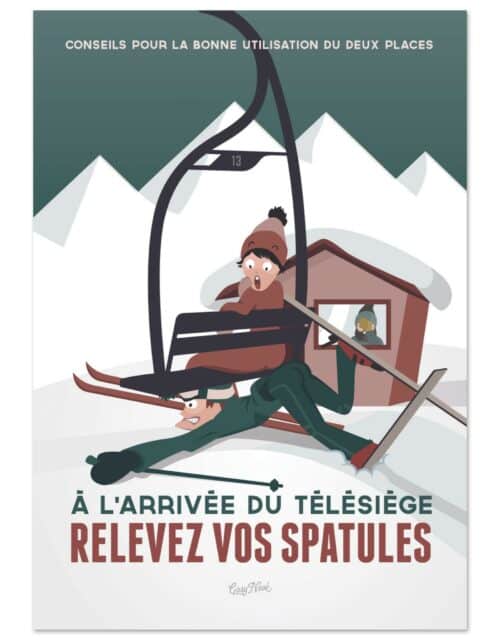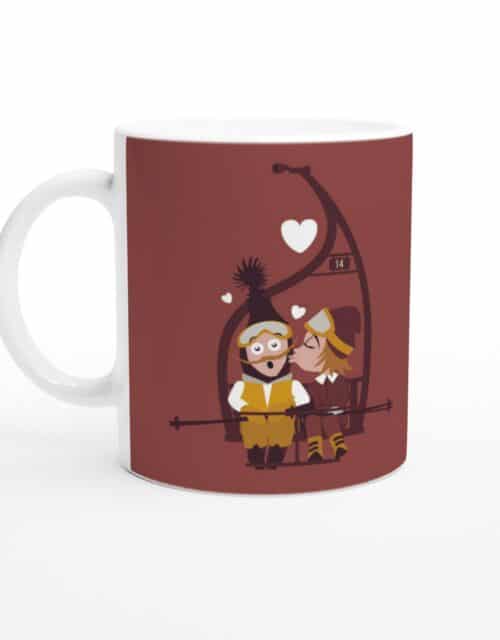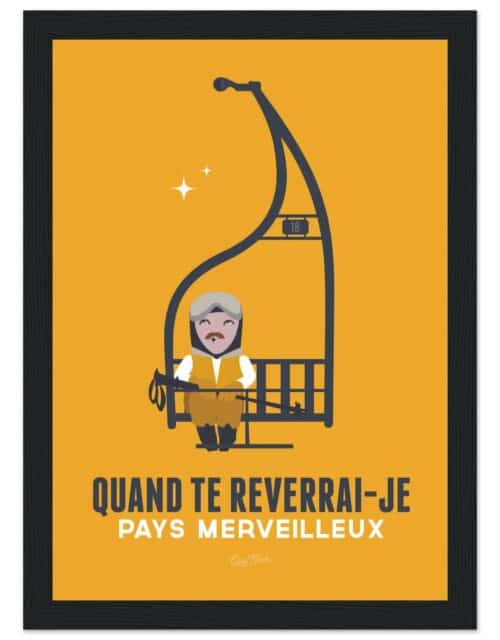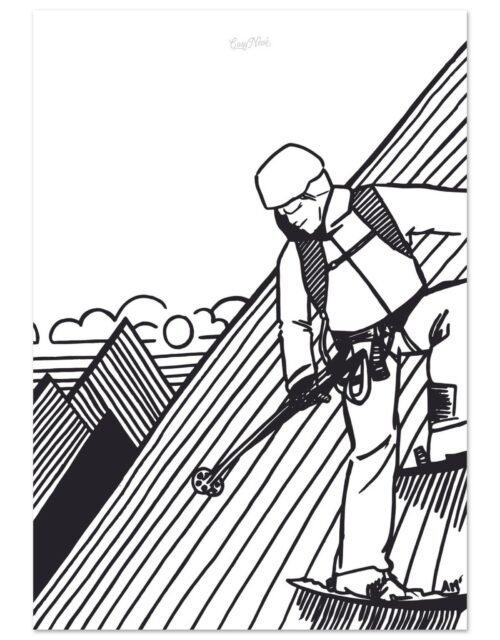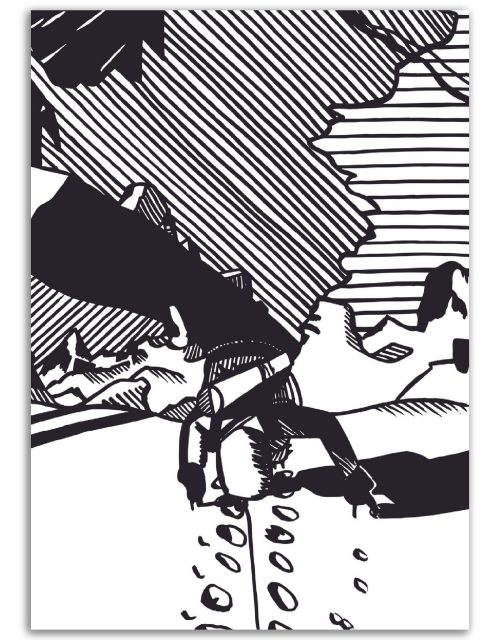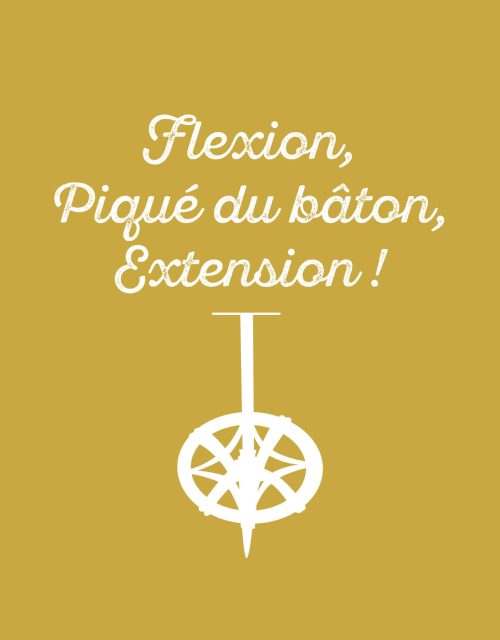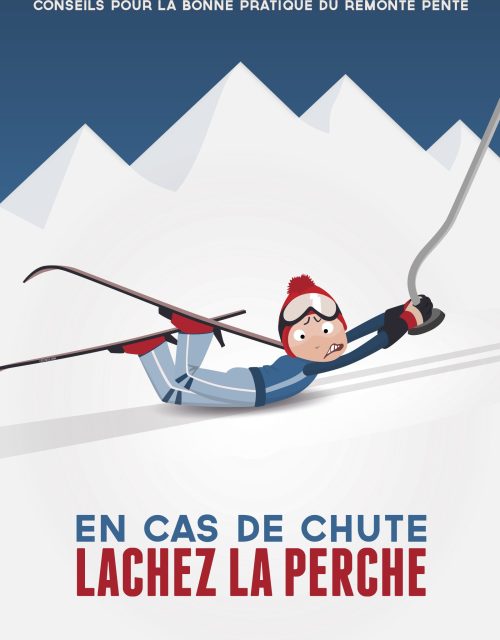The posters of alpine skiing are known for their captivating aesthetic and their ability to capture the essence of the sport and adventure. However, they also reflect the cultural and social norms of their time, including the representation of women. This article takes a closer look at how women have been portrayed in alpine skiing posters over the years.
1. The beginnings: traditional roles
In the early 20th-century alpine skiing posters, women were often depicted in traditional roles. They were usually shown as spectators or accompanying male skiers. Their attire reflected the norms of the time, with long skirts and elegant outfits rather than practical skiwear.
2. The 1920s and 1930s: the rise of emancipation
With the arrival of the women’s emancipation movement in the 1920s and 1930s, the representation of women in ski posters began to change. Women were increasingly portrayed as active skiers, wearing ski clothing and in action on the slopes. This coincided with a time when women were starting to actively participate in winter sports.
3. The 1950s and 1960s: the age of glamour
In the 1950s and 1960s, alpine skiing posters often depicted women in a glamorous manner. They were shown as stylish and sophisticated, often with fashionable ski attire. These images helped create an association between skiing and luxury, attracting a broader audience to the sport.
4. The 1970s and beyond: equality and empowerment
Starting from the 1970s, with the rise of the feminist movement, the representation of women in alpine skiing posters evolved once again. Women were increasingly portrayed as competent and independent skiers, equal to men on the slopes. These images helped reinforce the idea that skiing is a sport for everyone, regardless of gender.
5. The 21st century: diversity and inclusion
In the 21st century, alpine skiing posters reflect a growing awareness of diversity and inclusion. They depict women of all ages, sizes, and ethnic backgrounds, showing that skiing is a sport accessible to all. These images help deconstruct stereotypes and encourage broader participation in the sport.
In conclusion, the representation of women in alpine skiing posters has evolved over time, transitioning from traditional roles to a more egalitarian and diverse representation. These images not only reflected societal and cultural changes but also played an active role in promoting gender equality and inclusion in the sport of skiing.
6. Women as skiing icons
In more recent skiing posters, women are often portrayed as icons of the sport, performing daring moves and demonstrating a high level of skill. These powerful images showcase the potential and accomplishments of women in the sport, inspiring future generations of female skiers.
7. Fashion and style
Skiing posters have also played an important role in showcasing trends in women’s fashion in the sport. From early ski skirts to stylish 1960s suits to today’s high-performance equipment, these posters have often been at the forefront of ski fashion.
8. Women as messengers
Women are not only portrayed as skiers in these posters but are also often used to convey messages about health, safety, and the environment. For example, posters may show women wearing helmets to promote safety or respecting nature to highlight the importance of environmental preservation.
9. Women artists
It is also important to note the role of women artists in creating these posters. While the design of ski posters has been a male-dominated field for much of its history, women artists such as Anny Blatt and Pauline Bewick have contributed to defining the aesthetic of these posters and shaping the representation of women in this field.
In summary, the representation of women in alpine skiing posters has come a long way from the early images of spectators in long skirts.
